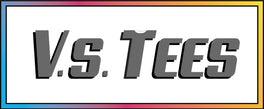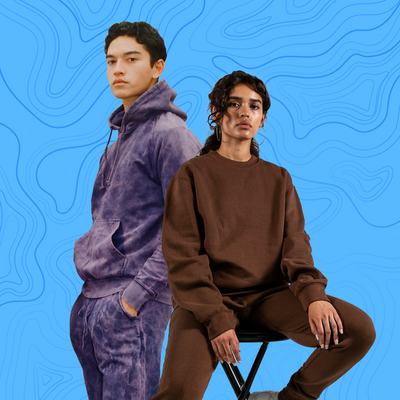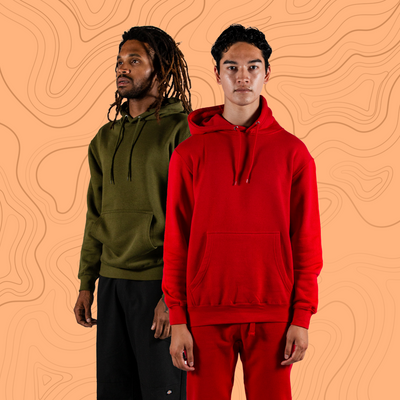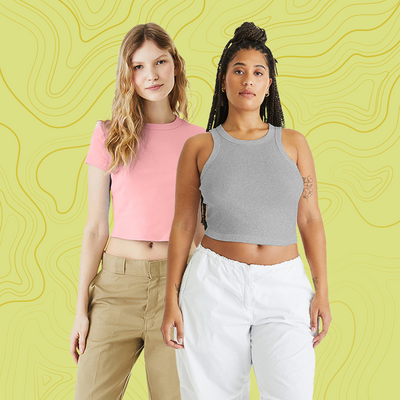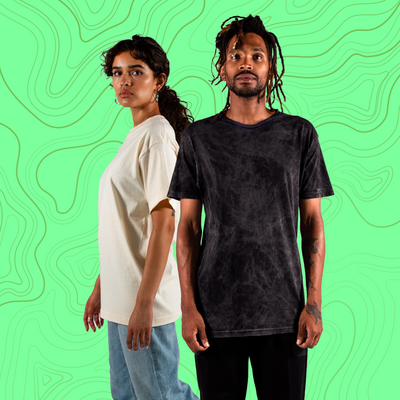The Psychology Behind Choosing the Color of Your Clothes
Posted by ARTEMIO NERVEZ JR
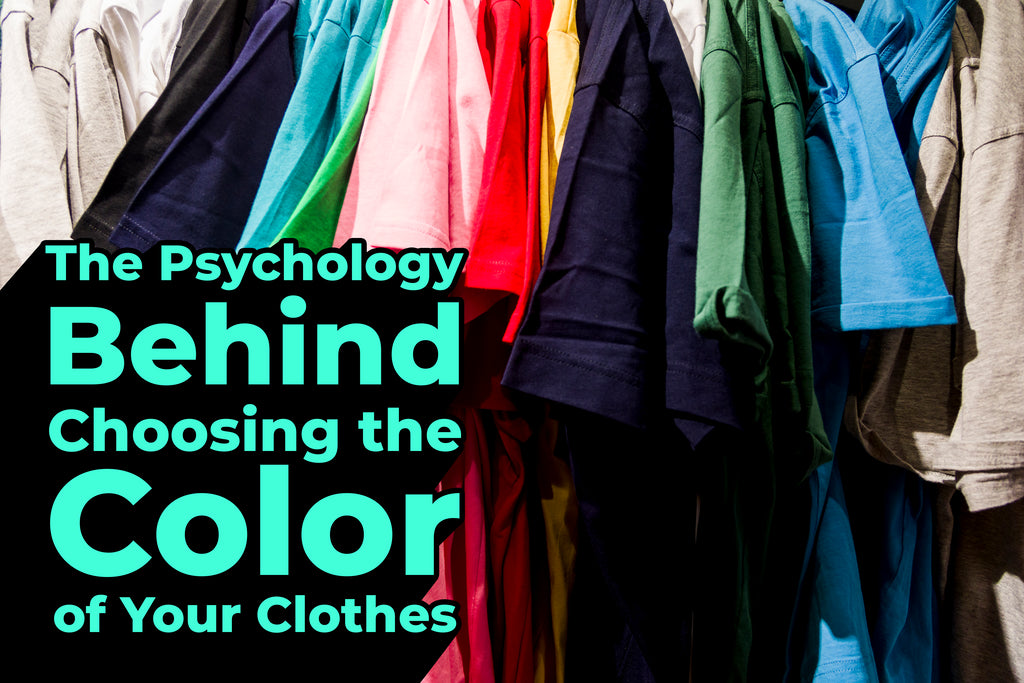
Have you ever wondered why you gravitate towards certain colors when choosing your clothes? It's not just about what looks good on you or matches your shoes. The color of our apparel plays a significant role in how we feel and how others perceive us.
The world of fashion is a vibrant tapestry, rich with hues that can evoke emotions, influence moods, and even impact our behavior. The psychology behind the color of our clothes is a fascinating subject that intertwines elements of art, science, and human nature.
In this article, we will delve into the intriguing relationship between color and clothing. We'll examine how different shades can affect your mood and perception. So if you've ever asked yourself "How does the color of my clothing affect my mood?", then keep reading for some enlightening insights.
How does the color of your clothing affect your mood?

The colors we choose to wear can have a profound impact on our emotions and overall mood. It's not just about personal preference or fashion trends - there's actual psychology behind it. For instance, wearing bright colors like yellow or orange can make us feel more energetic and optimistic. These vibrant hues stimulate our senses, making us feel more alert and alive.
On the other hand, cooler tones such as blues and greens tend to have a calming effect. They remind us of nature - the sky, the sea, lush green fields - which can help reduce stress and induce feelings of tranquility. So if you're feeling anxious or overwhelmed, slipping into a soft blue shirt might just do the trick.
What are some examples of mood-influencing colors?
Let's delve deeper into how specific colors influence our moods:
- Starting with red, this bold hue is often associated with power and passion. It's an attention-grabbing color that can boost confidence levels - perfect for when you need to make a strong impression.
- Blue is known for its calming effects as mentioned earlier but it also symbolizes trustworthiness and reliability. This makes it an excellent choice for job interviews or important meetings where you want to project an image of professionalism.
- Green is another soothing color that promotes balance and harmony due to its association with nature. Wearing green can help create a relaxed atmosphere around you.
- Yellow is synonymous with happiness, optimism, and creativity because it’s reminiscent of sunshine – hence why it’s often used in children’s toys and clothes.
- Black exudes sophistication while white signifies purity – both versatile choices that work well in any wardrobe.
In conclusion, understanding how different colors affect your mood gives you another tool in your arsenal when choosing what to wear each day.
Why is color important in apparel design?

Color plays a pivotal role in the realm of fashion and clothing design. It's not just about aesthetics or personal preference - it goes much deeper than that. Color can influence our emotions, perceptions, and even our behavior. For instance, wearing bright colors like yellow or orange can uplift your mood, while darker hues such as black or navy might make you feel more sophisticated or professional.
In the world of fashion, designers often use color to create specific looks or evoke certain feelings. A bold red dress might be designed to convey power and confidence, while a soft pastel blouse could suggest femininity and gentleness. According to a study by Pantone Color Institute, 80% of human experience is filtered through the eyes, highlighting the significant impact color has on our daily lives.
How do designers choose colors for their designs?
Designers go through an intricate process when selecting colors for their collections. They consider various factors such as current trends, seasonality, cultural influences, and even societal issues. For example, earth tones may be prevalent in fall collections due to their association with autumn leaves and nature.
Furthermore, designers also take into account color psychology - how different shades can affect people's moods and perceptions. A survey conducted by Shopify revealed that 85% of consumers say color is a primary reason for buying a product. Therefore understanding what each hue represents can help designers create garments that resonate with their target audience.
What is Color Theory in Fashion and Garment Designing?

Color theory is an art and science that explores how colors interact with each other and influence human emotions. It's not just about choosing a color because it looks good; it's about understanding how colors can make you feel and how they can enhance or diminish your appearance.
The basic principles of color theory revolve around the color wheel, which consists of primary (red, blue, yellow), secondary (green, orange, purple), and tertiary colors (mixtures of primary and secondary colors). These colors are then grouped into different schemes such as:
- Complementary: Colors opposite each other on the wheel.
- Analogous: Colors next to each other on the wheel.
- Triadic: Three colors evenly spaced around the wheel.
In fashion design, these principles guide designers in creating visually appealing outfits that evoke specific moods or feelings. For example, a designer might use a complementary color scheme for an outfit to create high contrast and visual interest. On the other hand, an analogous scheme might be used for a more harmonious look.
Why do some Colors Sell Better than Others?
Colors play an integral role in our lives - they influence our mood, perceptions, and even our purchasing decisions. Research suggests that up to 90% of snap judgments made about products can be based on color alone! So why do some colors sell better than others?
- Black sells well because it's seen as timeless and sophisticated – it never goes out of style. It's also practical; stains are less noticeable on black clothing compared to lighter shades.
- White appeals due to its clean aesthetic and ability to pair well with other colors – it’s essentially a blank canvas.
- Blue resonates with consumers because it's often associated with trustworthiness and reliability – qualities that people value highly when making purchases.
How To Match Colors In Your Clothes Using Color Wheel

The art of matching colors in your wardrobe can be a daunting task, but with the right tools and knowledge, it becomes an enjoyable creative process. One such tool is the color wheel, a circular diagram that represents the relationships between different colors. Understanding how to use this tool can help you create harmonious outfits that are pleasing to the eye.
To start with, identify the primary colors on your color wheel: red, blue and yellow. These are the building blocks of all other colors and cannot be created by mixing other hues together. Secondary colors (green, orange and purple) are made by combining two primary ones. Tertiary colors result from mixing a primary color with its adjacent secondary one.
Now let's talk about some basic color combinations using the wheel:
- Complementary Colors: They sit opposite each other on the color wheel (e.g., red and green). Wearing complementary colors creates high contrast and bold looks.
- Analogous Colors: These are next to each other on the wheel (e.g., blue, blue-green, green). Outfits based on analogous colors look coordinated and calm.
- Triadic Colors: Three evenly spaced hues around the color wheel (e.g., red, yellow, blue). This combination is vibrant yet balanced.
Remember that not all shades within these combinations will work perfectly together; consider factors like saturation and brightness too.
Conclusion
Here at VS Tees, we believe in the power of color and its ability to express individuality. We've seen how different shades can evoke various emotions and influence perceptions. Our collection of vintage-style clothing is designed with this understanding in mind, offering a wide range of colors that cater to diverse tastes and preferences.
We're proud to offer high-quality, stylish, and affordable pieces that allow you to experiment with your wardrobe. Whether you're drawn to bold hues or prefer muted tones, our selection has something for everyone. So why wait? **Shop our collection** today and start expressing yourself through color!
Key Takeaway
Color plays a significant role in fashion by allowing us to express our style and mood. By understanding the impact of color on apparel, we can make informed choices about what we wear and how it makes us feel. At VS Tees, we provide an array of vintage-style clothing in various colors so you can find pieces that truly resonate with you.

